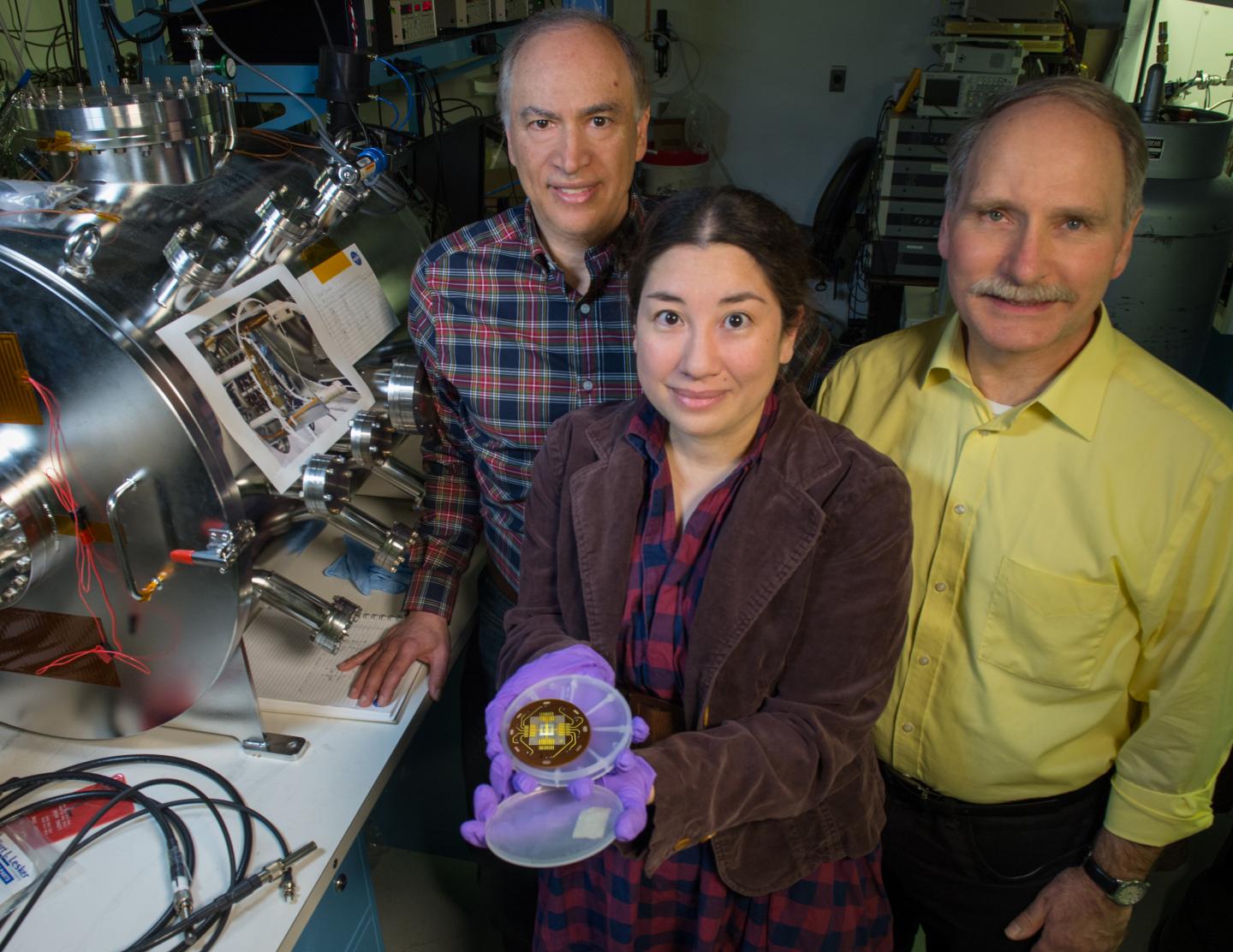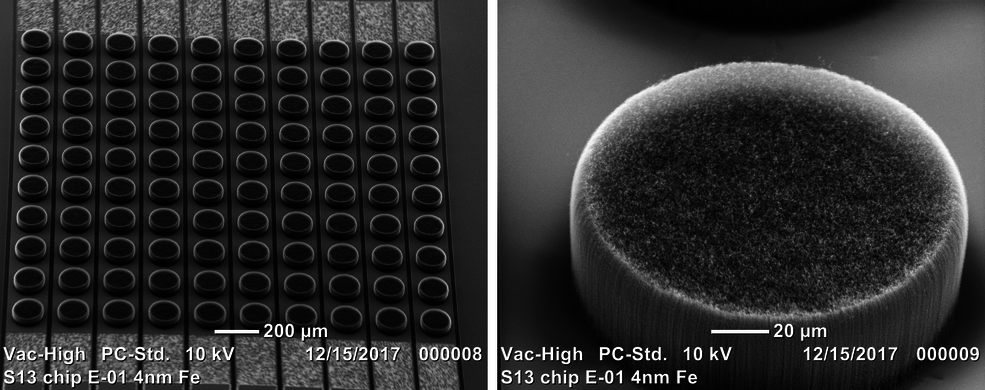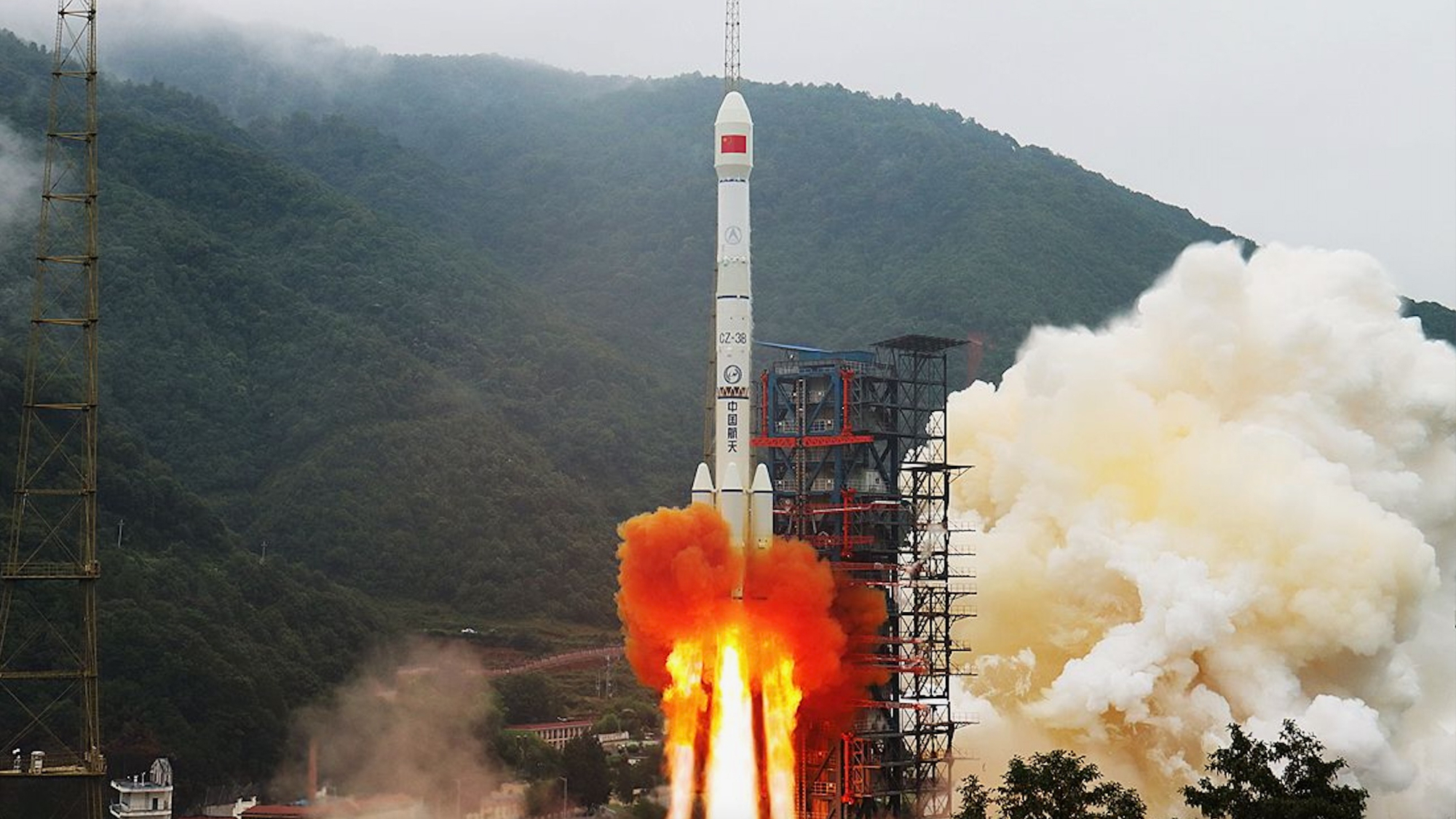Electron-Shooting Carbon Nanotubes Could Improve Our Understanding of Asteroids

A new NASA probe will use incredibly tiny, rolled tubes of carbon to analyze rocky objects like asteroids, which may hold chemical clues about the origin of the solar system and its rocky inhabitants.
Scientist Lucy Lim, contractor John Hagopian, and engineer Larry Hess are building the probe at NASA's Goddard Space Flight Center in Maryland. The team is growing button-shaped dots made of multiwalled carbon nanotubes — incredibly thin, folded tubes made from one-atom-thick sheets of carbon — to use as "ammunition" for a probe that will help scientists study the chemical propertiesof rocks and soil found on rocky, airless bodies like asteroids or the moon.
These extraordinarily small dots — which are only 100 microns in diameter, about as wide as a human hair — will fuel a mini electron-emitting probe that could analyze the chemical properties of these objects, NASA officials said in a statement. This probe will use these carbon nanotube dots, organized into a grid, to "shoot" electrons at objects like asteroids to better understand the asteroid's properties. [In the Clean Room: Up-Close Look at NASA's Asteroid-Sampling Probe OSIRIS-REx]

Objects like asteroids can hold valuable information for scientists. Many asteroids are relatively unchanged from when they were created in the early days of the solar system, so they can hold chemical clues about the origins of the solar system and its inhabitants, scientists say.
The team at Goddard is growing these dots and developing the probe with funding from NASA's Planetary Instrument Concepts for the Advancement of Solar System Observations program.
To "grow" the carbon nanotubes for Lim's probe, the team placed a substrate — in this case, a silicon wafer — into a furnace. While the wafer heated up, they introduced a carbon gas, which helped to build the nanotube's hair-like structures. Carbon nanotubes are fantastic electron emitters and have unique electric, magnetic and even mechanical properties. The dots, organized in a grid-like pattern, can create an electrical field, according to the statement.
This grid of nanotube dots beams electrons through specialized lenses that direct the electrons quickly and accurately to a designated target. When the electrons hit the target, the object's elements are excited and produce X-rays, the researchers explained in the statement. These rays can be analyzed by a spectrometer to reveal the object's chemical makeup.
Breaking space news, the latest updates on rocket launches, skywatching events and more!
So far, Lim has successfully demonstrated, through testing, that the dots can emit enough electrons to excite a target sample — proving the conceptual basis of her design. Additionally, when Hagopian flew some samples to the International Space Station in 2014, the team proved that the dots could survive a trip to space. The probe is not yet ready to analyze asteroids, but the team thinks that they will be able to demonstrate the probe's capabilities within a couple of years, according to the statement from NASA.
Email Chelsea Gohd at cgohd@space.com or follow her @chelsea_gohd. Follow us @Spacedotcom, Facebook and Google+. Original article on Space.com.
Join our Space Forums to keep talking space on the latest missions, night sky and more! And if you have a news tip, correction or comment, let us know at: community@space.com.

Chelsea “Foxanne” Gohd joined Space.com in 2018 and is now a Senior Writer, writing about everything from climate change to planetary science and human spaceflight in both articles and on-camera in videos. With a degree in Public Health and biological sciences, Chelsea has written and worked for institutions including the American Museum of Natural History, Scientific American, Discover Magazine Blog, Astronomy Magazine and Live Science. When not writing, editing or filming something space-y, Chelsea "Foxanne" Gohd is writing music and performing as Foxanne, even launching a song to space in 2021 with Inspiration4. You can follow her on Twitter @chelsea_gohd and @foxannemusic.
